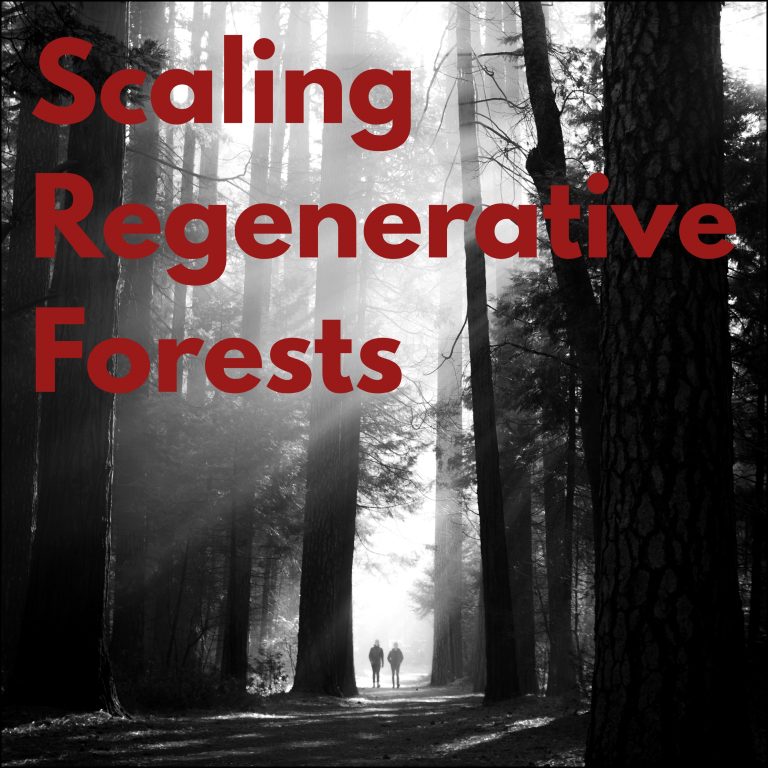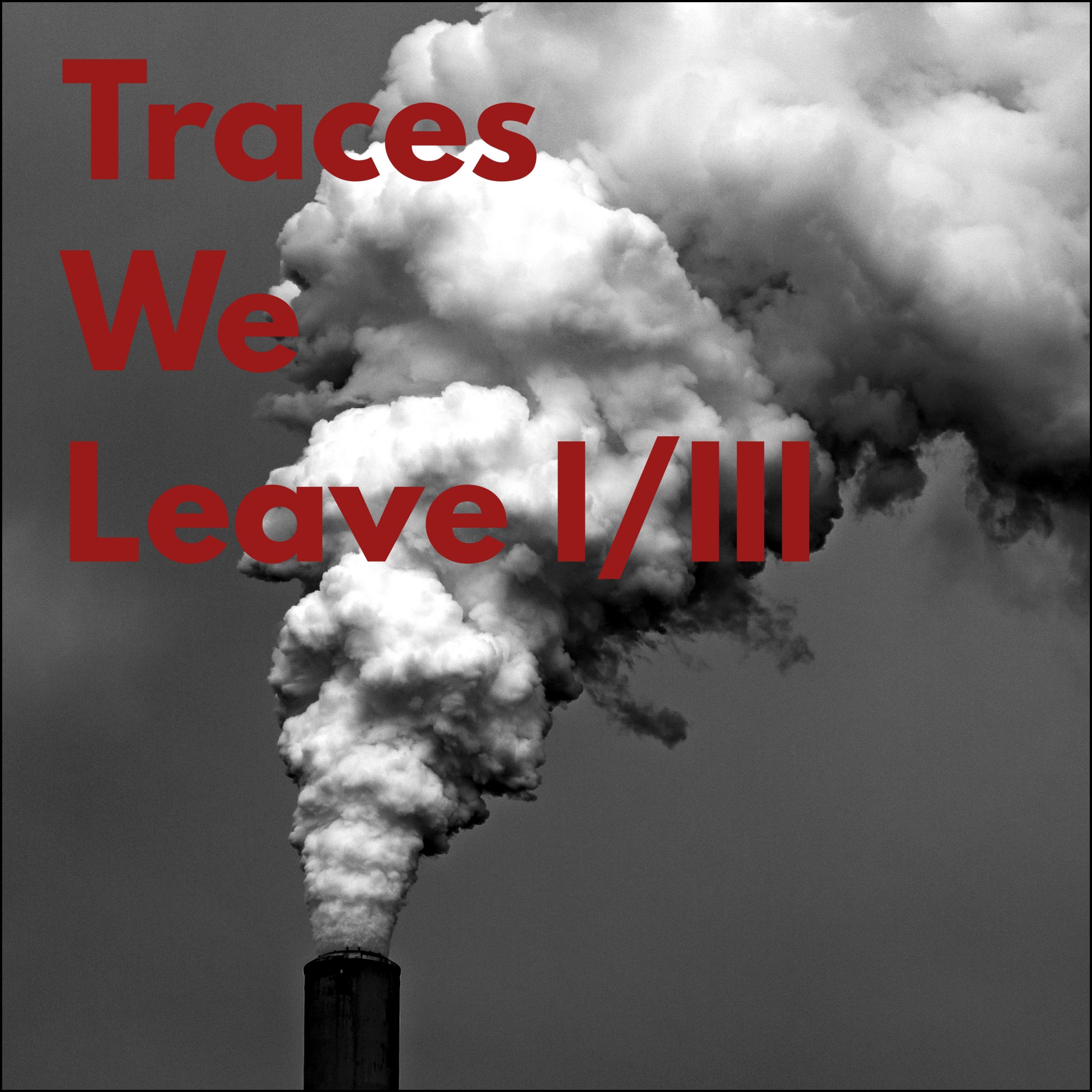Today’s environmental challenges are exacerbated by climate change, with impacts that range from reduced biodiversity, degraded soils, and depleted water reserves. Mitigating emissions through renewable energy and building resilience through nature-based solutions are common approaches to address these challenges. However, forests also play a critical role since they can facilitate both mitigation and adaptation, while also preserving biodiversity. Historically forests have served as carbon sinks that can store carbon dioxide from the atmosphere, but forest management approaches and lack of tree planting have reduced their effectiveness in recent years and even contributed to growing environmental challenges. Meanwhile, traditional forest management approaches can decrease biodiversity and expose forests to additional risks, including threats from storms, pests, and diseases that are magnified by climate change.
In general, these forest management practices have persisted over decades, but recent evidence suggests that new ecological approaches could turn around these trends. Referred to as regenerative practices, these approaches to forestry and agriculture can increase environmental benefits by working with nature, and also lead to higher yields, while shifting focus to a circular economy with carbon neutral outcomes. Already, these practices have produced successful results in places such as the EU, UK, and Australia, and could be scaled globally.
SLM Partners, a global fund manager founded in London, is dedicated to using capital to scale up regenerative farming and forestry systems. Its operations span across Europe, the U.S., and Australia, where its investments help accelerate the transition to new land management practices that generate positive impacts on soil, water, biodiversity, and emissions in partnership with skilled local farmers and foresters. We had the opportunity to speak with Paul McMahon, Managing Partner at SLM Partners and author of Island of Woods: How Ireland lost its forests and how to get them back, who shared valuable insights into the opportunity for transitioning towards regenerative forestry and the potential societal impacts.
Current Forestry Challenges
In 2022, the world lost 6.6 million hectares of forest, according to the Forest Declaration Assessment. As deforestation increases, so too do CO2 emissions. The Global Forest Watch estimated that deforestation activities released 2.7 gigatons of CO2 into the atmosphere in 2022 alone. The World Wildlife Fund claims that 80 percent of global deforestation is linked to altering natural landscapes for crops and livestock, which can lead to habitat loss and biodiversity decline.
While agricultural and land development can lead to deforestation, timber production and the systematic clearing and replanting of forests pose an additional problem. Conventional forestry practices tend to be industrial in nature. Most forests across Europe for instance are managed using a rotational clearfell-replant system, in which single-species plantations are cleared every 30 to 40 years and then replanted. While supporting a predictable flow of timber, it can also contribute to environmental damage. Forests with limited diversity are vulnerable to biophysical risks, which continue to intensify with global warming and climate change. Wind damage is particularly concerning for ‘even-aged’ plantations, which can affect soil structure and increase vulnerability for storms to blow trees away. Meanwhile, droughts and high temperatures can also impact a forest’s longevity, as they can stress trees and expose them to pests. For example, Germany lost 2 percent of its forest area between 2018 and 2020 due to the spruce bark beetle, which is linked to droughts.
The importance of healthy and sustainable forests cannot be understated. 1.6 billion people directly benefit from ecosystem services, and forests provide a source of livelihood for many. The global population of 8.1 billion people benefit from their impact on cleaner air and water, and more regular climate patterns. Forests also serve as carbon sinks. The EU’s forestry sector currently absorbs more GHGs than it emits, as forests cover 45 percent of its land, but underutilized and neglected forests are reducing the amount of carbon removals. As Paul McMahon explained, “land use is both a contributing source of emissions to climate change and a place that will be most affected by climate change. There’s a real need for adaptation and resilience, so we need better ways of managing land that work with nature, not against it.”
The Opportunity
Meanwhile, the green transition and net-zero ambitions strongly align with an increased emphasis on building with wood. Since 40 percent of all GHG emissions stem from construction, concrete and steel use must decrease given their high-emitting processes, making wood a sustainable alternative. Transitioning to wood or other bio-based materials can and will play a role in forest management. As Paul McMahon mentioned, “Europe has a really large forest resource and well-developed timber processing industries, at the same time as growing demand for wood products because of the shift to a low-carbon economy.”
Continuous-cover forestry (CCF) is also likely to be a factor. Under this system of forestry management, forest cover and woodland conditions are permanently maintained. Rather than clearing the full area in the traditional method, trees are felled individually or in small groups. The benefits include better resilience to climate and pest risks, improved biodiversity and carbon storage outcomes, and steadier income streams from predictable timber supply. According to carbon modelling supported by the European Investment Bank, CCF could sequester 20 percent more carbon than traditional practices over a 20-year period, or an additional 121 tCO2 per hectare. From a value perspective, this could be worth as much as 8 million euro in carbon price valuation according to Verra’s voluntary carbon methodology. As Paul McMahon told us, “there has been a lot of new science and innovation around ecology and land use. The goal is to reduce inputs, work with natural processes, while maintaining production of food and timber commodities, but doing so in a way that generates positive impacts on carbon storage, biodiversity, and water. Collectively it’s known as regenerative forestry and it is a win for the environment but also for the economy.”
Facilitating Finance
Current investment in forest management varies, in part because a large share of private forests – particularly across Europe – are not activity managed. Further, these forests tend to be highly fragmented, with up to 16 million private owners, and the majority owning less than 3 hectares of land. Investment instead has flowed to other geographies, such as North America, Australia, and New Zealand, where timberland is a more structured asset class given that institutional investors prefer to invest in forestry at scale.
Notably, many private forests in Europe are likely to come to market in the coming decades due to high age profiles of current owners, and lack of connection to the land for many inheritors. Acquiring forests at an aggregate level can help forests implement better forest management practices and meet production economies of scale. Larger portfolios also open up the opportunity for institutional capital to play a role. As Paul McMahon noted, “Broadpeak is really helping us connect to the right kind of investors who like what we’re doing and who want to allocate capital to the space.” In relation to CCF, a number of economic benefits emerge. If proper investment and capital are facilitated, CCF adoption throughout Europe could accelerate. “Our approach is to work with really talented foresters with expertise using proven methods. We then build strategies and raise capital to put investment behind these operators to help scale the systems.”
The Outlook
From a policy perspective, there is already governmental support for the adoption of regenerative forestry practices such as CCF management in Europe through the European Commission’s New EU Forest Strategy for 2030. Meanwhile, at the national level, CCF has been encouraged in countries from Finland to Bulgaria and incentives have increased to encourage the transition to new mixed CCF forests in places such as Ireland. As Paul McMahon told us, “there’s a strong push from policy-makers for multi-functional forestry. Rather than seeing forests as a wood factory doing only one thing – delivering timber, it should deliver multiple functions. Deliver timber, but also deliver carbon storage, biodiversity, water quality, and resilience.”
This push, together with growing demand for timber create a positive outlook and environment. Investors looking to provide capital in support of CCF management will be aligned with government frameworks and disclosure requirements. SLM Partner’s latest fund offers a vehicle aligned towards forest management in this way. Its target of 200 million euro builds on the group’s success in Ireland by expanding into land and forest acquisitions across Europe. While European forestry is a region that is often overlooked by international investors, there is potential for a “quadruple” win – financing sustainable forest management at scale can support better biodiversity, climate, social, and economic outcomes.





